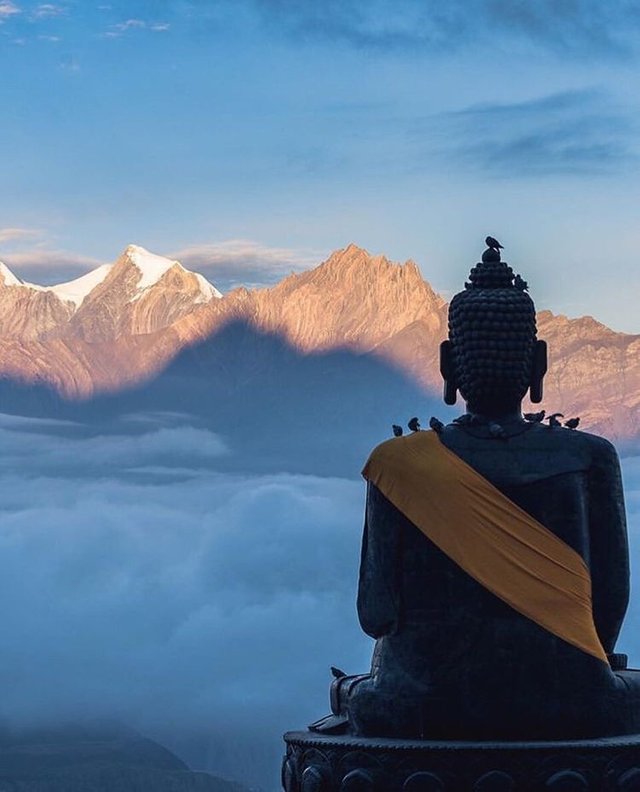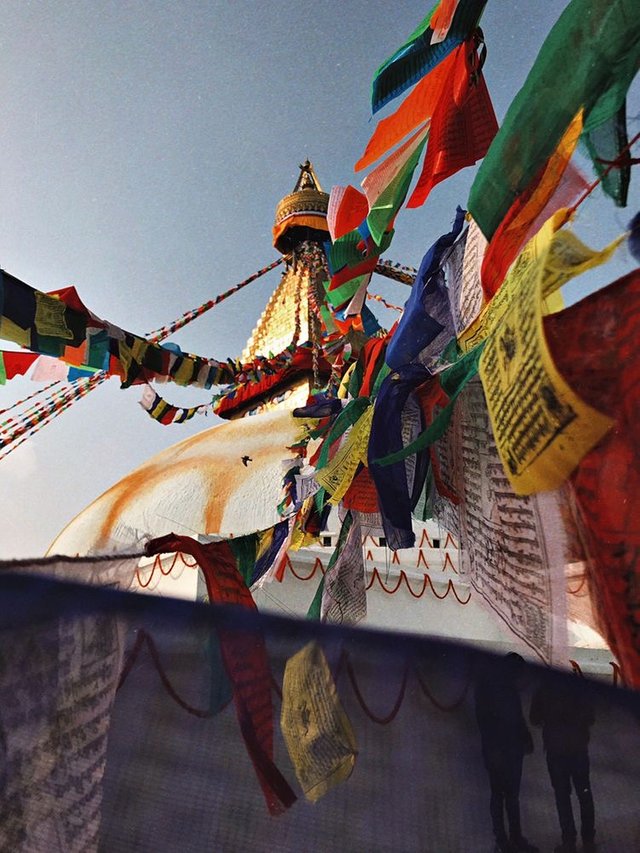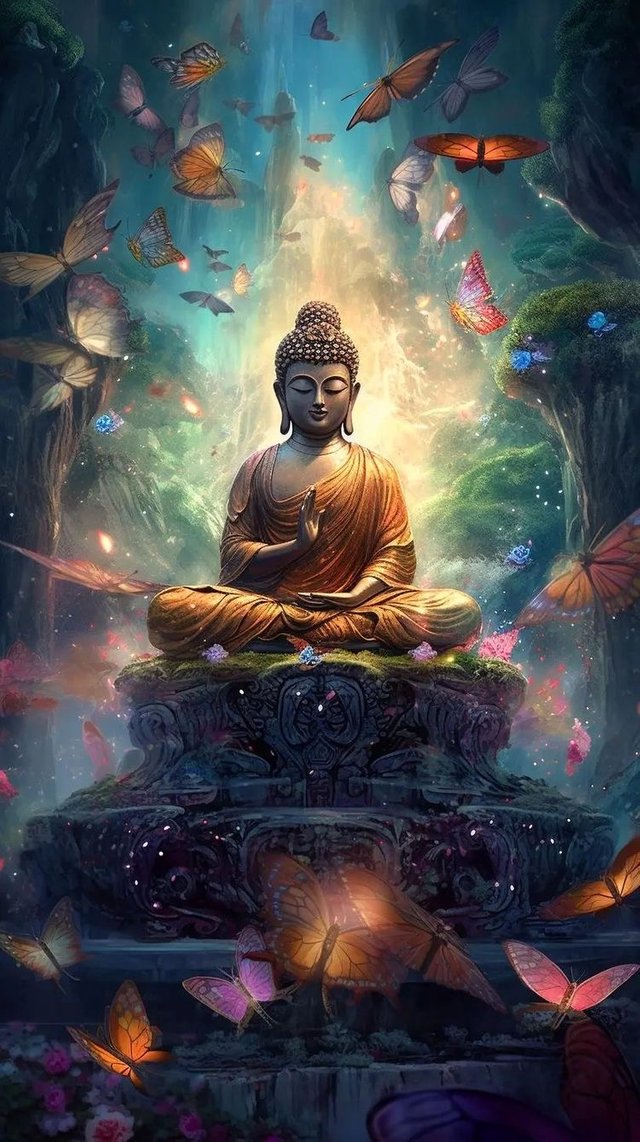LORD BUDHA

Buddha also known as the "Awakened One," was the founder of Buddhism, one of the major religions and philosophical systems of southern and eastern Asia and of the world. Born with the clan name Gautama and the personal name Siddhartha, he lived in northern India sometime between the 6th and the 4th century before the Common Era.

The Buddha was born in Lumbini (Rummin-dei), near Kapilavastu (Kapilbastu) on the northern edge of the Ganges River basin, an area on the periphery of the civilization of North India, in what is today southern Nepal. Scholars speculate that during the late Vedic period the peoples of the region were organized into tribal republics, ruled by a council of elders or an elected leader; the grand palaces described in the traditional accounts of the life of the Buddha are not evident among the archaeological remains. It is unclear to what extent these groups at the periphery of the social order of the Ganges basin were incorporated into the caste system, but the Buddha’s family is said to have belonged to the warrior (Kshatriya) caste. The central Ganges basin was organized into some 16 city-states, ruled by kings, often at war with each other.

According to Buddhist doctrine, the universe is the product of karma, the law of the cause and effect of actions, according to which virtuous actions create pleasure in the future and nonvirtuous actions create pain. The beings of the universe are reborn without beginning in six realms: as gods, demigods, humans, animals, ghosts, and hell beings. The actions of these beings create not only their individual experiences but the domains in which they dwell. The cycle of rebirth, called samsara (literally “wandering”), is regarded as a domain of suffering, and the ultimate goal of Buddhist practice is to escape from that suffering. The means of escape remains unknown until, over the course of millions of lifetimes, a person perfects himself, ultimately gaining the power to discover the path out of samsara and then compassionately revealing that path to the world.
A person who has set out on the long journey to discover the path to freedom from suffering, and then to teach it to others, is called a bodhisattva. A person who has discovered that path, followed it to its end, and taught it to the world is called a buddha. Buddhas are not reborn after they die but enter a state beyond suffering called nirvana (literally “passing away”). Because buddhas appear so rarely over the course of time and because only they reveal the path to liberation (moksha) from suffering (dukkha), the appearance of a buddha in the world is considered a momentous event in the history of the universe.
The story of a particular buddha begins before his birth and extends beyond his death. It encompasses the millions of lives spent on the bodhisattva path before the achievement of buddhahood and the persistence of the buddha, in the form of both his teachings and his relics, after he has passed into nirvana. The historical Buddha is regarded as neither the first nor the last buddha to appear in the world. According to some traditions he is the 7th buddha; according to another he is the 25th; according to yet another he is the 4th. The next buddha, named Maitreya, will appear after Shakyamuni’s teachings and relics have disappeared from the world. The traditional accounts of the events in the life of the Buddha must be considered from this perspective.